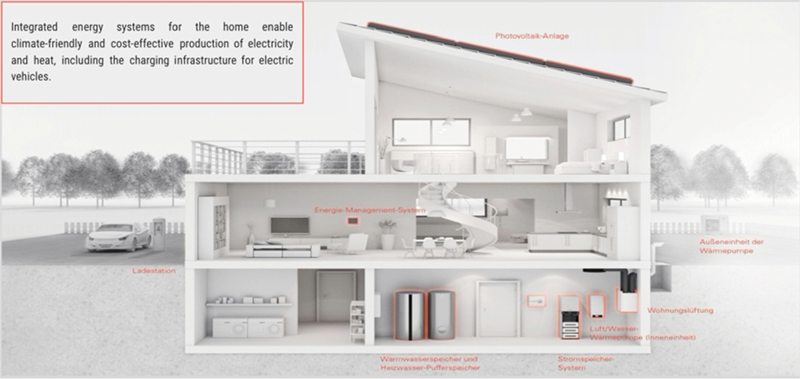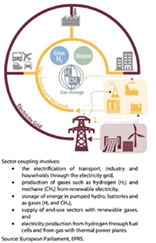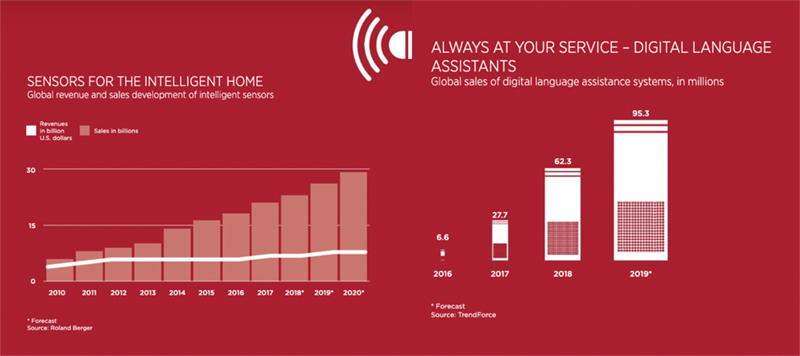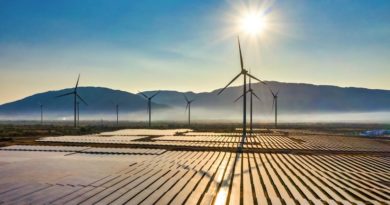
How to exploit the full potential of heating and cooling in EU buildings for sector integration and the EU green recovery?
Heating and cooling systems cover fundamental human needs: heat, comfort and health. In times of corona, this has never been more important. Yet, heating and cooling is even more than that, it is the gold mine of energy policy that still remains to be exploited to its full potential. Heating and cooling is the glue between electricity and green fuels, between buildings and mobility, between cities and the entire energy system.
Heating and cooling is responsible for half of the EU’s final energy consumption. To date, significant progress has been made: The share of renewables almost doubled from 10.3% to 21% between 2004 and 2018 and the share of heat pumps increased more than fivefold to reach about 10%. Yet, the speed and scale of changes, even pre-corona are still far behind what is necessary to meet climate goals. After corona, there is a serious threat that the transformation of heating and cooling is put on hold – threatening jobs and innovations, and locking-in CO2 emissions for decades to come.
The challenge in times of corona is twofold: how to leverage the full potential of heating and cooling for growth and job creation, and how to make a leapfrog into a fully integrated, decarbonised and connected heating and cooling sector.
Here are 5 recommendations on how to exploit the full potential of heating and cooling for sector integration and the EU green recovery.
1 – Create jobs and modernize heating and cooling at the same time
With more than 2-3 million people (direct and indirect jobs) providing goods and services, the heating and sanitary sector is labour-intensive and local by nature. The import of space heaters from (non-EU) third countries is estimated to be lower than 10%.
A renovation wave targeting heating and cooling benefits jobs, SMEs (most installers are small entities) and the local economy across EU Member States.
In addition, it is a no-regret. A study run in Germany shows that every €1 invested in subsidy schemes for buildings leverages €6 to €8 in investments across the supply chain and €1,17 revenues back for public finances.
Buildings account for 40% of the EU final energy consumption. 85% of this consumption is used for heating and hot water production. This is not surprising: the average age of space heaters is around 25 years. If they had an energy label, it would indicate class C, D or lower. In most countries, 40- or 50-year-old boilers being still in operation is not uncommon. Their consumption is at least 20% higher than a standard space heater today. Prioritizing their modernisation reduces quickly CO2 emissions and supports the local economy.
2 – Minimize costs of decarbonization with a system approach
With the right approach, we can minimize the costs of a decarbonized energy system. What counts is the overall system efficiency. System efficiency is optimized by mutually reinforcing electricity, gas, district energy, communication networks and building infrastructure. Electrification via heat pumps will be a backbone, as they generate 3-4 units of heat output from one unit of electricity. This is important from a system perspective: the lower the annual electricity and peak load demand, the lower the costs of electrification (incl. the costs of electricity generation, network expansion and back-up generation capacity for security of supply). In a well-insulated houses, with four times lower heat demand, low-capex direct electric heating combined with PV and battery are also an option.
The use of green molecules in existing gas networks parallel to electrification reduces system costs and enhances the reliability of the energy system. A study by Navigant (2019) found that maintaining gas infrastructure generates €217 billion in annual energy system cost savings.
In short: heating and cooling technologies and energy carriers will differ, from building to building, depending on the availability of grid connections and energy carriers, and on the financial capabilities of households.
3 – Secure access to green fuels for buildings
From the perspective of the end-user, green fuels can help to decarbonise homes with limited investments. In a significant part of the building stock, it is difficult to replace heating with gaseous fuels by electricity based solutions, either because it would require significant investments in insulation, either because it is not possible in practice. Decarbonized gases for heating help people to cope with the decarbonization agenda, increase acceptance and reduce the risk of populism and anti-EU sentiments.

Gas-using technologies are getting ready. With minor technical modifications, highly efficient gas boilers and CHP are already capable of processing up to 30% hydrogen admixtures to methane. First pilots exist that are capable of processing pure hydrogen. Fuel cells also offer the additional advantage of producing heat and electricity at the same time – including during electricity demand peaks – and their “natural” fuel is hydrogen anyway.
Building laws and product rules should be adapted in order to synchronize investments across the gas value chain. Forward-looking building codes should be ready to recognize green gases e.g. in primary energy calculation methods, with suitable verification systems. Such an approach is currently established in Germany. Ecodesign and energy labelling regulations should ensure that the installed base of gas-using heaters is transformed towards models that are capable of processing hydrogen. A requirement to process methane-hydrogen blends is a no-regret for end-users and is achievable at costs close to zero.
4 – Exploit the full potential of hybridization
The electricity system must be up and running also when the wind is not blowing and the sun is not shining – but electricity demand peaks. Electricity in such situations can be supplied by dispatchable power plants such as a gas or coal power plant, MWh-scale batteries, or interconnections. The electrification of heat and transport at the same time as the phasing out of dispatchable coal, and in some countries nuclear, capacities will increase security of supply concerns. Clearly, new solutions are required – such as hybrid heat pumps.
Hybrid heat pumps, a combination of a heat pump and a boiler, deliver the heat demand at all times, selecting either electricity, or gas, or both. In times of peak electricity demand, very low outside temperature, and/or limited availability of renewable electricity, heat is generated from renewable gases; in times of sufficient supply from renewable electricity. The market uptake of hybrid solutions in the EU building stock reduces the need for back-up capacity and hence reduces overall system costs – a vivid example of what sector coupling means in practice.
5 – Accelerate PV self-consumption and digitalisation in heating and cooling
Digitalisation is transforming buildings, and cities, into an extension of our central nervous system. The sale of sensors in homes increased 3 fold in the past 5 years alone and the sale of digital vocal assistance systems increased tenfold in the past 2 years. By 2030 the number of connected devices will reach 125b worldwide, up from 25b in 2017.

This opens up complete new opportunities to increase the well being and comfort of home-owners and office buildings. Buildings will be the charging hub for e-vehicles, the heat and power plant for self-consumed rooftop PV, and the provider of flexibility to gas and district energy networks via demand-side-management – for example by aggregating the flexibility of residential heat-pumps, or using commercial heat-pumps to heat-up large water storage tanks in district heating.
With the right focus, heating and cooling makes the energy transition people centric, sharing the benefits among people and increasing the acceptability of the energy transition.
With these 5 recommendations, we put the EU on track to exploit the full potential of heating and cooling for optimized sector integration and the EU green recovery.




